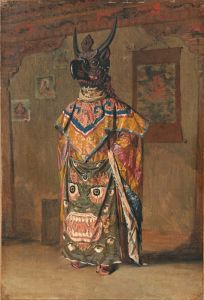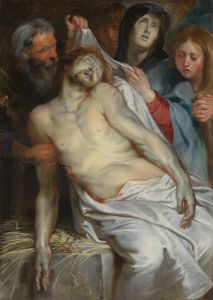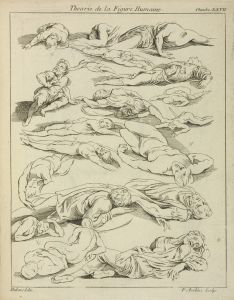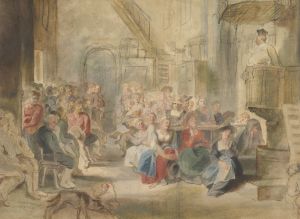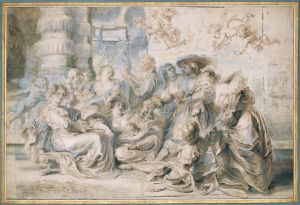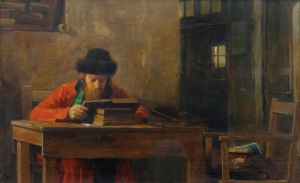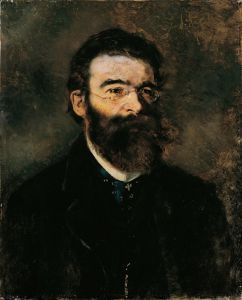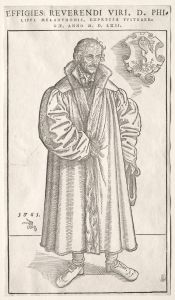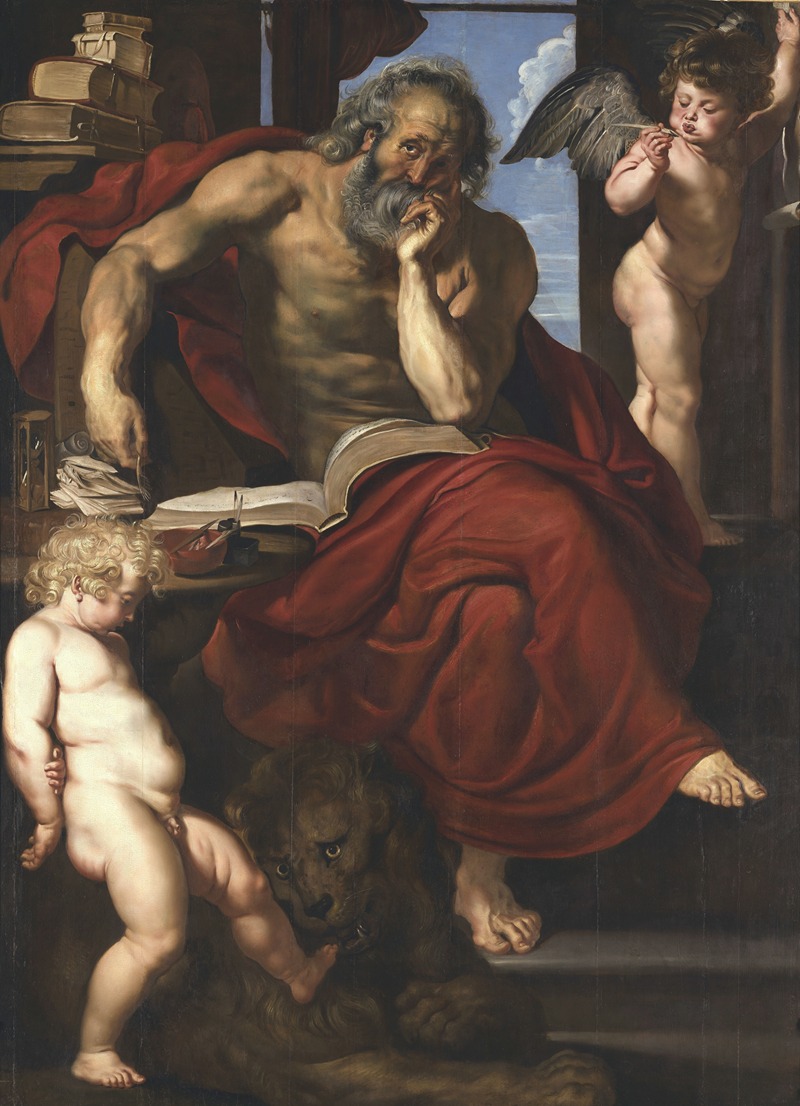
St. Jerome in his Hermitage
A hand-painted replica of Peter Paul Rubens’s masterpiece St. Jerome in his Hermitage, meticulously crafted by professional artists to capture the true essence of the original. Each piece is created with museum-quality canvas and rare mineral pigments, carefully painted by experienced artists with delicate brushstrokes and rich, layered colors to perfectly recreate the texture of the original artwork. Unlike machine-printed reproductions, this hand-painted version brings the painting to life, infused with the artist’s emotions and skill in every stroke. Whether for personal collection or home decoration, it instantly elevates the artistic atmosphere of any space.
"St. Jerome in his Hermitage" is a painting by the renowned Flemish Baroque artist Peter Paul Rubens. Created in the early 17th century, this artwork exemplifies Rubens' mastery in capturing both the physical and spiritual essence of his subjects. The painting depicts St. Jerome, a prominent Christian scholar and translator of the Bible, who is often portrayed in art as a hermit in the wilderness, engaged in scholarly or religious activities.
Rubens' depiction of St. Jerome is notable for its dynamic composition and the vivid portrayal of the saint's intense devotion. The painting shows St. Jerome in a moment of contemplation, surrounded by the tools of his scholarly work, such as books and a skull, which symbolize the transience of life and the pursuit of knowledge. The saint is traditionally shown with a lion, referencing the legend of St. Jerome removing a thorn from a lion's paw, which led to the creature becoming his loyal companion.
The use of light and shadow in "St. Jerome in his Hermitage" is characteristic of Rubens' style, highlighting the saint's expressive face and muscular form, which convey a sense of inner strength and spiritual fervor. Rubens' ability to blend realism with dramatic intensity is evident in the detailed rendering of textures, from the saint's weathered skin to the roughness of the surrounding rocks and foliage.
Rubens was deeply influenced by the Italian Renaissance and Baroque masters, such as Caravaggio and Titian, which is reflected in his use of chiaroscuro and vibrant color palette. His time in Italy, where he studied the works of these artists, significantly impacted his approach to composition and narrative in painting. "St. Jerome in his Hermitage" is a testament to Rubens' ability to synthesize these influences while maintaining his unique artistic voice.
The painting is also an example of Rubens' interest in religious themes, which were a significant part of his oeuvre. During the Counter-Reformation, there was a renewed emphasis on religious art that aimed to inspire faith and devotion among viewers. Rubens, being a devout Catholic, often depicted saints and biblical scenes, infusing them with emotional depth and grandeur.
"St. Jerome in his Hermitage" is housed in the Museo Nacional del Prado in Madrid, Spain. The Prado Museum holds one of the most comprehensive collections of Rubens' works, allowing visitors to appreciate the breadth and diversity of his artistic achievements. This particular painting is a valuable piece within the museum's collection, offering insight into Rubens' interpretation of religious iconography and his skillful execution of complex compositions.
Overall, "St. Jerome in his Hermitage" exemplifies Peter Paul Rubens' ability to convey profound spiritual themes through his dynamic and expressive style. The painting remains an important work for understanding the intersection of art, religion, and culture during the Baroque period, reflecting both the personal devotion of the artist and the broader religious context of his time.





